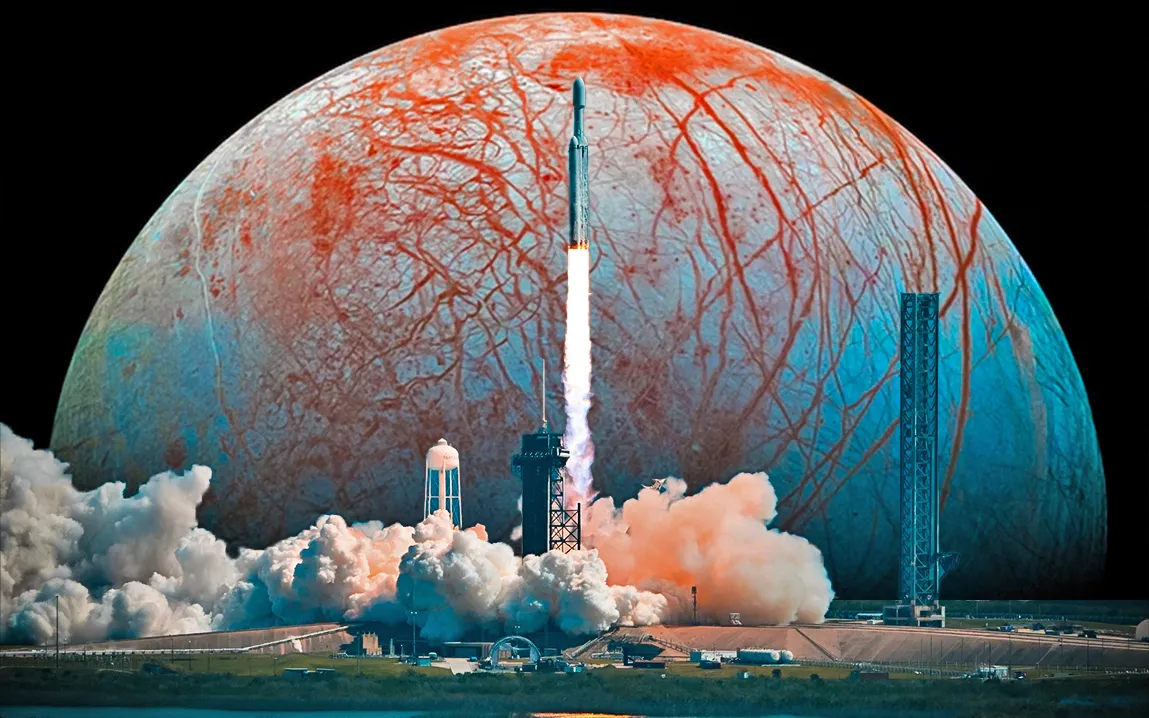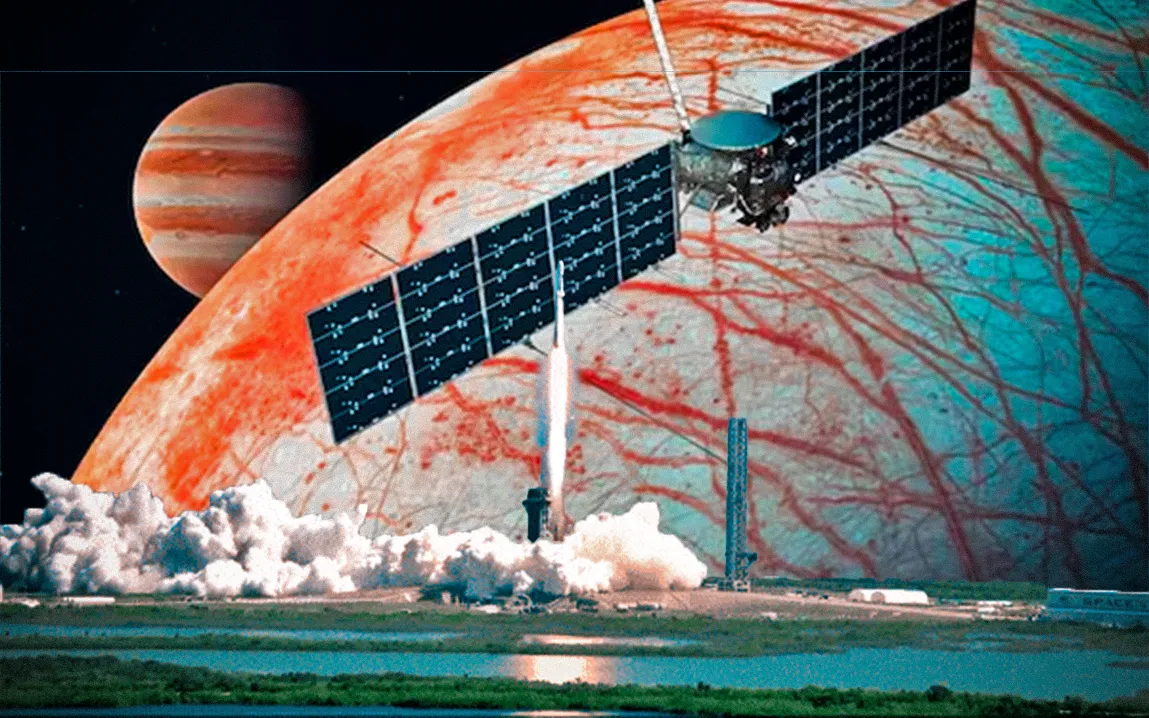NASA successfully launched the Europa Clipper mission, marking a significant milestone in space exploration. The spacecraft, which aims to explore Jupiter’s icy moon Europa, began its journey from Cape Canaveral, Florida. The mission’s goal is to investigate the potential habitability of Europa’s subsurface ocean, which scientists believe could harbor the conditions necessary for life.
The Europa Clipper spacecraft is equipped with a range of sophisticated instruments designed to study the moon’s surface and the ocean beneath its thick ice crust. Over the next six years, the spacecraft will travel approximately 1.8 billion miles to reach Europa, with an expected arrival in 2030. Once in orbit, the spacecraft will perform nearly 50 close flybys of the moon, capturing high-resolution images and collecting data on its ice shell, geology, and chemical composition.
Europa has long been of interest to scientists due to the possibility that its subsurface ocean contains more water than all of Earth’s oceans combined. The thick ice layer, which is thought to be several miles deep, could insulate the water below, creating a stable environment where life might exist.
The Europa Clipper mission is designed to provide insights into the composition and depth of this ocean, as well as detect any signs of potential habitability.
This mission represents one of NASA’s most ambitious efforts to explore the outer solar system, as Europa is considered one of the most promising places to search for extraterrestrial life. While the Europa Clipper will not directly search for life, the data it gathers will inform future missions and help scientists determine whether Europa’s ocean has the necessary conditions to support microbial life.
NASA’s Europa Clipper mission is set to revolutionize our understanding of icy moons and their potential to harbor life, opening up new avenues for future space exploration.




